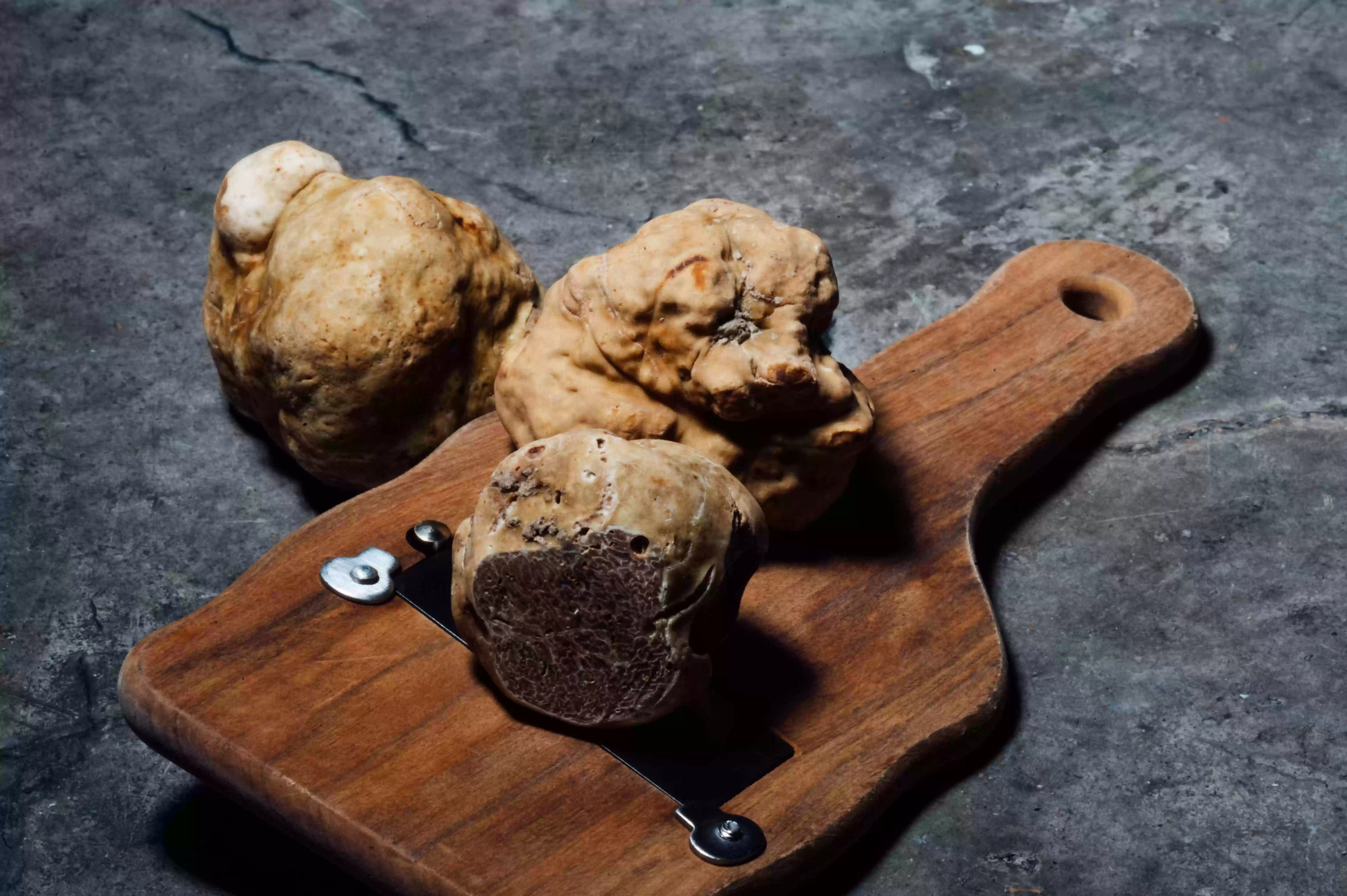Detailed content of our market study
 Inforamtion
Inforamtion
- Number of pages : 35 pages
- Format : Digital and PDF versions
- Last update :
 Summary and extracts
Summary and extracts
1 Market overview
1.1 Definition and scope of study
The truffle is the name given to certain species of mushrooms that are found in the soil and grow in symbiosis with roots of several plants. A single fungus can bring different truffles to life.
There are two main categories of truffles on the market :
- The black truffle or the Périgord truffle which is found in calcareous soils, under truffle trees 1 to 15 cm deep
- The white truffle, the most popular and expensive variety on the market that is found mainly in Italy and Croatia
The truffle market consists of a multitude of small players who are farmers, who harvest and distribute their products. Much rarer than the black truffle since it cannot be cultivated and growing spontaneously in specific regions, the white truffle is extremely delicate and can only preserve its aroma and taste for a week. Some players are fighting to continue modernizing the sector and to find support from public authorities.
In 2016, truffles of a species native to the United States were discovered for the first time in Brazil. The spores were found more specifically in the walnut-pecan forests of the region of Santa Maria and Cachoeira do Sul, in the center of Rio Grande do Sul. The challenge now is to try to make their use possible in the professional kitchens around the country. Obviously the Brazilian truffle is not comparable to the European one, but it impressed renowned chefs who had the opportunity to evaluate it, showing a lot of promise for commercial use in the coming years.
All our studies are available online in PDF format
Take a look at an example of our research on another market!
 Choosing this study means :
Choosing this study means :
Access to more than 35 hours of work
Our studies are the result of over 35 hours of research and analysis. Using our studies allows you to devote more time and added value to your projects.
Benefit from 6 years' experience and over 1,500 industry reports already produced
Our expertise enables us to produce comprehensive studies in all sectors, including niche and emerging markets.
Our know-how and methodology enable us to produce reports that offer unique value for money.
Access to several thousand articles and paid-for data
Businesscoot has access to all the paid economic press as well as exclusive databases to carry out its market research (over 30,000 articles and private sources).
To enhance our research, our analysts also use web indicators (semrush, trends, etc.) to identify market trends and company strategies. (Consult our paying sources)
Guaranteed support after your purchase
A team dedicated to after-sales service, to guarantee you a high level of satisfaction. +44 238 097 0676
A digital format designed for our users
Not only do you have access to a PDF, but also to a digital version designed for our customers. This version gives you access to sources, data in Excel format and graphics. The content of the study can therefore be easily retrieved and adapted for your specific needs.
 Our offers :
Our offers :
the truffle market | Brazil
- What are the figures on the size and growth of the market?
- What is driving the growth of the market and its evolution?
- What is the positioning of companies in the value chain?
- Data from several dozen databases
5 reports pack (-15%) BR Brazil
- 5 reports at €75.6 excluding VAT per study to choose from our Brazilian catalogue for 12 months
- Save 15% on additional studies purchased
- Choose to be refunded any unused credit at the end of the 12-month period (duration of the pack)
See the terms and conditions of the pack and the refund of unused credit.















